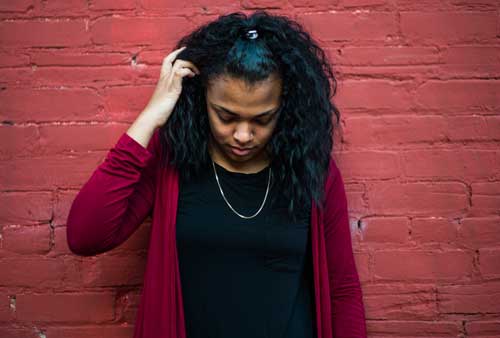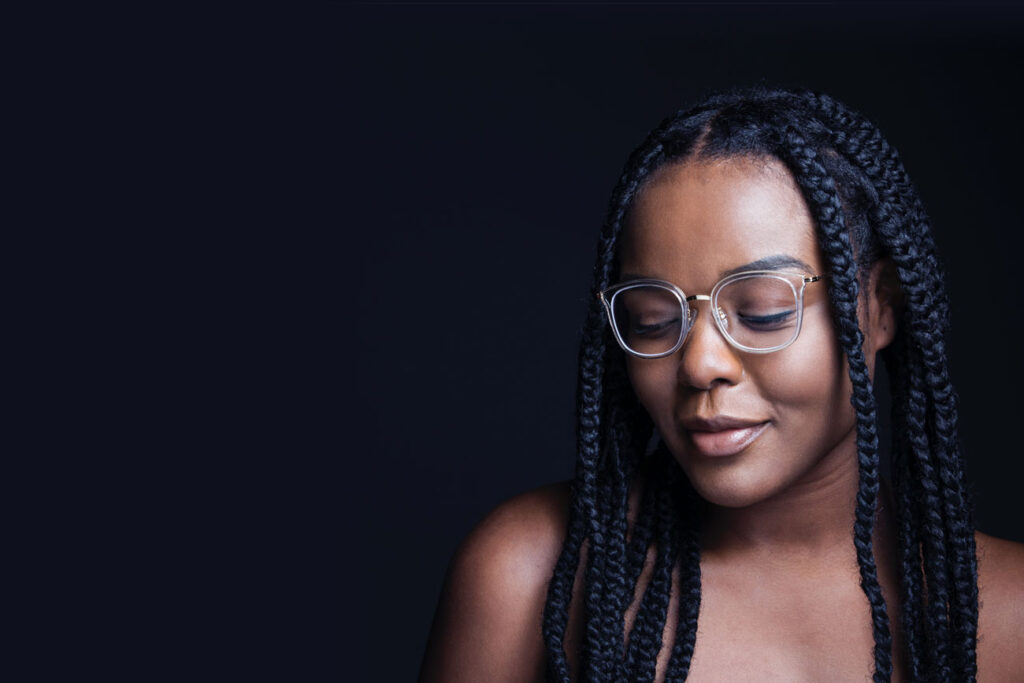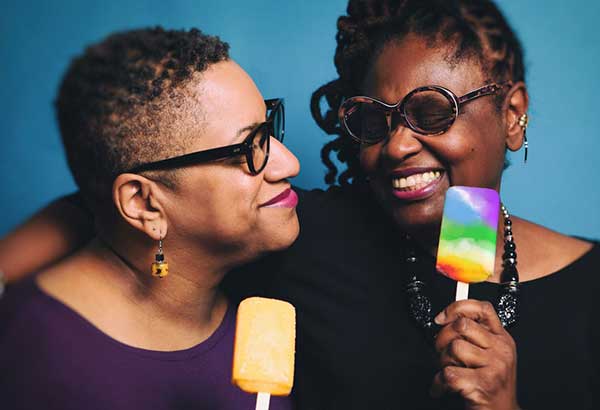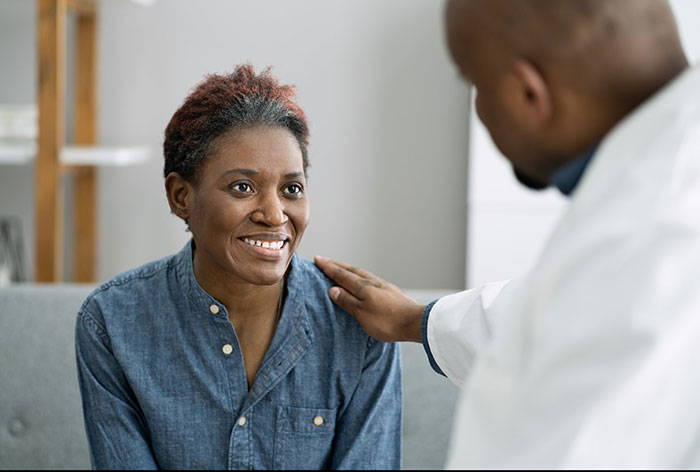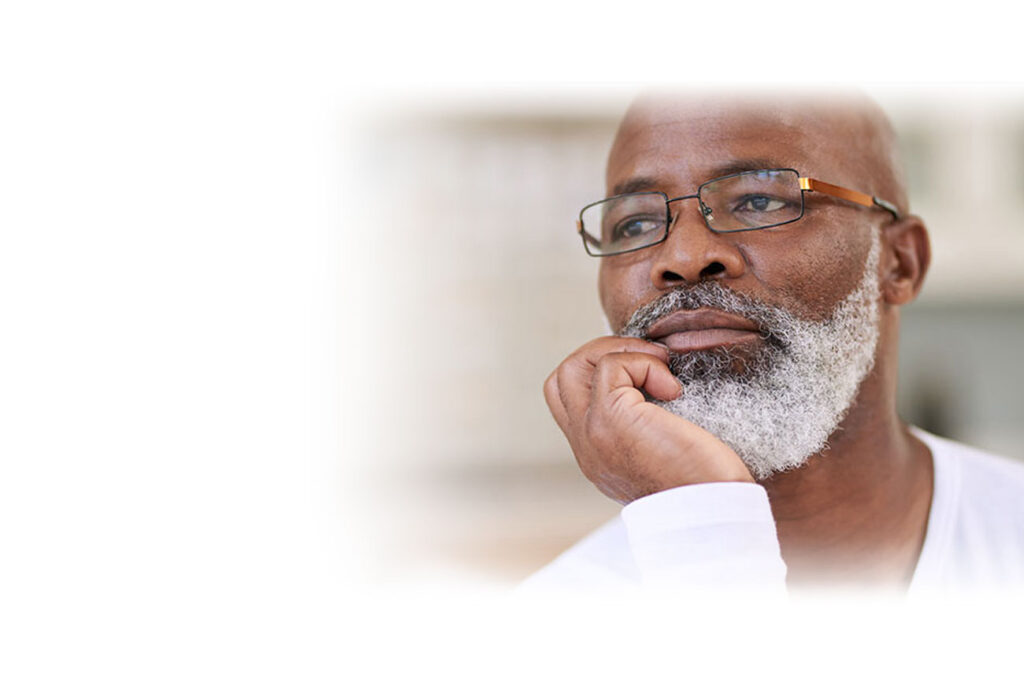When you have a mammogram, ask the doctor for the results. If any abnormal changes are found, a biopsy will be needed to tell if cancer is present or to […]
Author Archives: aabca
Your Action Plan Monthly Breast Self-Exam (BSE) starting at age 15. Ask your health provider to show you how to do a proper BSE. View a video to learn how […]
AABCA allows anyone to raise awareness and funds for AABCA. Sharing information about breast cancer and black women in your community is wonderful. You can host an event that brings […]
It is important to pay attention to changes in your body, take charge of your health and take care of your life. AABCA encourages women to learn about breast health […]
Breast cancer affects anyone with breast, breast tissue, whether you are straight, lesbian, gay, bisexual, transsexual woman, or a man in a same sex relationship. Breast cancer does not discriminate. […]
1. All women are at risk for breast cancer. The risk increases as you age. 2. 1 in 8 women will be affected by breast cancer in their lifetime. 3. […]
Male breast cancer is a rare disease. In the United States, fewer than 1% of all breast cancers occur in men. In 2022, about 2,710 American men are expected to […]
All women are at risk for breast cancer and need to be aware of early detection methods and treatment for breast cancer. Women living with a physical disability (limbs, skeletal, […]
- 1
- 2


